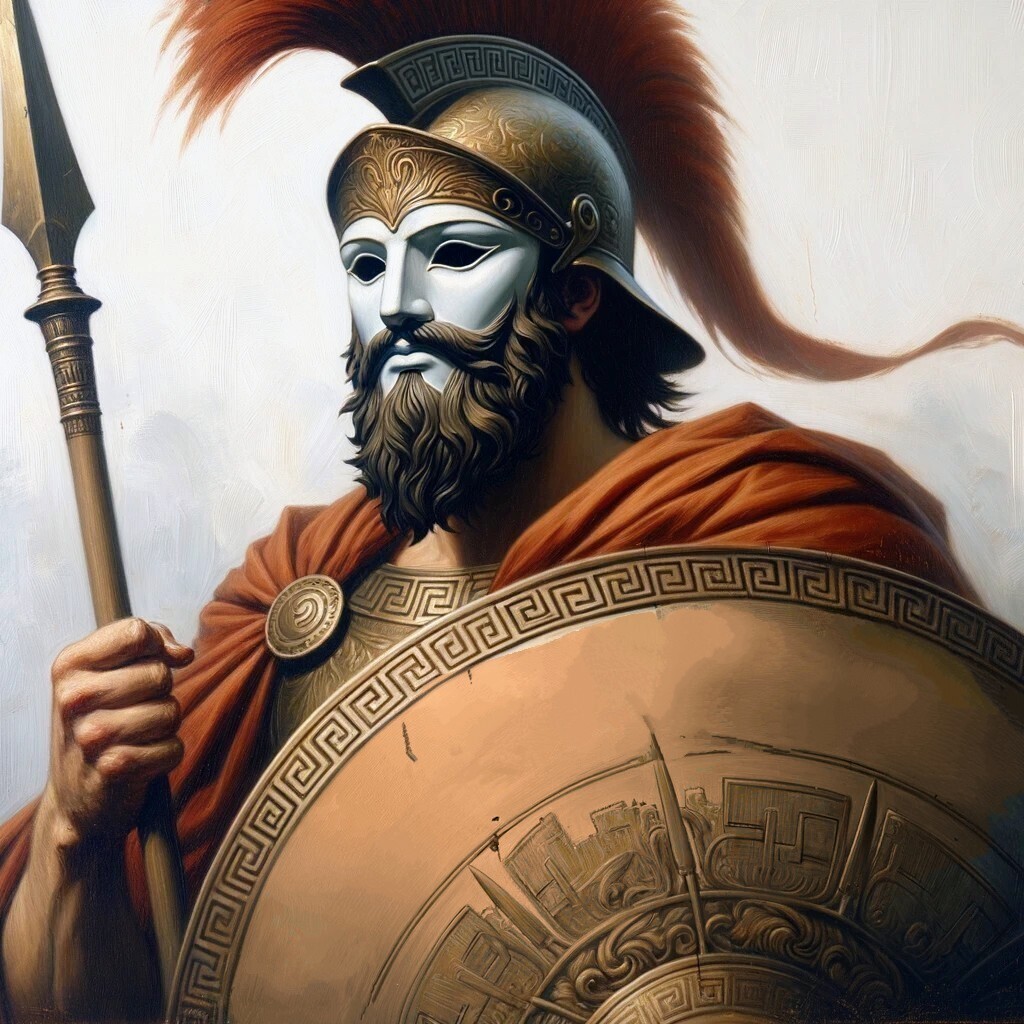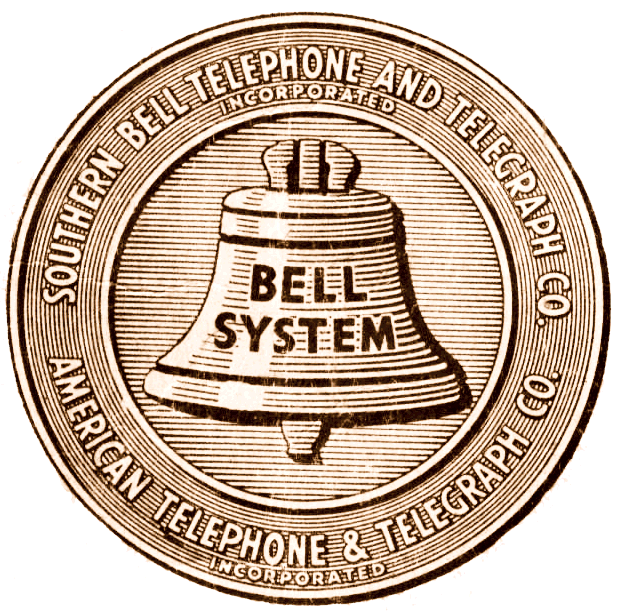For context, I heard the term “Web 3.0” be used for the first time for everything being put on the blockchain. Then, it reminded me of a post on Mastodon saying that the fediverse is Web 3.0. After that I looked it up on the internet, and the definition included A.I. with crypto.
So I’m wondering, what is actually Web 3.0? What does it mean to you? Or maybe is Web 3.0 just another attempt at making investors pay up?
“Web3” is the crypto stuff. “Web 3.0” is federation.
Obviously, no one has a trademark on these names, anyone could make up a meaning, but yeah, these two definitions/names exist already.
They’re aspects of the same thing: decentralization/federation. The idea of Web 3.0 is to transition from massive centralized services to distributed federated services. The Fediverse is on the social media side of things (displace entities like Facebook), crypto is on the finance side of things (displace entities like Bank of America), NFTs are supposed to be on the distribution side of things (displace entities like Ticketmaster).
One of the most distinguishing features of “web3” is the sheer level of handwaviness surrounding it. While you can find no end of press releases, crypto evangelists on Twitter, and venture capitalists extolling the virtues of web3, you will have a much harder time finding any definition that’s not so full of buzzwords that it becomes meaningless. That’s because “web3” is first and foremost a marketing term.
You’re almost there, but not quite. Web 3.0 utilizes the latest in dismount tech, effectively smartenizing the turnrolls of the planet’s greatest minds, and capsizing the status point of the giant elf companies that squeeze the enrichment of the NAaS pools that all savvy consumers would thrift towards. By incentivizing the output of polarific content, the margins in the ACK requests are distributed into reproducible hedge mazes that are tanked to the fill with brill chum.
Not a single mention of “blockchain”, “decentralization”, “DeFi”, “dApps”, “NFTs”, DAOs", or “aping in” because “WAGMI”. I am disappointment.
It’s a buzz word.
Web 1.0 is just websites. They envisioned everyone had their own web site to blog on. Geocities, ISP hosting, web rings, link aggregators, and simple human curated search engines. That kind of thing.
Web 2.0 basically meant APIs. You could stitch a weather API with a map API and make a weather map app. This kind of came true, but it wasn’t as free and open as people hoped for.
Web 3.0 is supposed the intersection of the web and distributed apps. Think games on the block chain like crypto kitties. It’s mostly been a flop since blockchain based decentralization is slow, expensive, and difficult for users. That being said there are successful use cases like online wallet management and distributed exchanges (defi).
To add some more detail about Web 2.0: it was a term that came after the dot-com crash at the turn of the millennium. There were a bunch of people saying the web was dead, the Internet was a fad that was dying, the bubble had burst and it was all over etc. Tim O’Reilly (of O’Reilly Books) came up with the concept of Web 2.0 to illustrate that the web wasn’t dead and that it was still an evolving and vital thing. There’s a lot more detail here: https://www.oreilly.com/pub/a/web2/archive/what-is-web-20.html
The definition I learned for web 2.0, as it was happening, was a shift from static web pages generated all at once on the server and delivered to the client whole, to using Ajax with in-browser Javascript dynamically changing already-delivered pages with back-end XML calls.
So let me see if I got it:
Lemmy in web 1 would have been like geocities: website replies to website message from link
Lemmy in web 2 is Lemmy
Lemmy in web 3 is Lemmy with an instant cryptocurrency/liberapay tipping button in each post/comment, like steemit 7 years ago?
Originally communication on the web was one directional, server to client. Web 2.0 meant active web and bidirectional communication. Hence, web 3.0 is a threesome.
We are in the surveillance era of the web.
It’s a meaningless term for web developers, just as Web 2.0 was. It’s supposed to mean decentralized services and it was sort of hijacked by crypto companies for marketing purposes. Blockchain isn’t a particularly useful technology outside of its niches of cryptocurrency and gimmicks (like NFTs or whatever) and isn’t used by 99% of web projects. (There’s no Google, Apple, Microsoft, etc. blockchain, after all.)
I’ve been a web dev for decades now and to me, Web 1.0 was basically the era when people posted their own content on their own web sites. Web 2.0 was a marketing term used by social media companies to describe a new era where even non-tech savvy users could post content on MySpace, LiveJournal, Facebook, etc. There was no major tech advancement. Web 3.0 is supposed to be an era where even average users can take advantage of decentralized services. Again, nothing major tech-wise.
In terms of actual technology, there’s been significant shifts like CSS 3, HTML 5, ECMAScript 6 (JavaScript’s standard, which has evolved a lot recently) and others. Server-side web tech has also changed a lot over the years. Most web sites probably still use PHP — Wordpress is surprisingly ubiquitous — but NodeJS, Ruby, Python, and other languages have had major advancements. Those (and several others) are the ones actual web developers cared about.
TL/DR: Web 1.0, 2.0, and 3.0 are just marketing terms with vague meanings to describe shifts in web culture, not web technology.
There’s no Google, Apple, Microsoft, etc. blockchain, after all.
Microsoft Azure used to have a blockchain (aaS) implementation, iirc. It just wasn’t useful to their customers or profitable to them.
I think IBM also used to dabble in blockchain tech.
Web 3.0 is the Semantic Web: https://en.wikipedia.org/wiki/Semantic_Web
This is the true Web 3.0 answer.
Web 4.0 will be the “Pedantic Web.”
That was web 1.0 where whole pages would be devoted to correcting the grammar of a different person from a different website.
They’ve all been pedantic since pre-alpha.
In my mind (56yo programmer), web 1.0 was static web pages and server side stuff (e.g. PHP) only. Web 2.0 was AJAX (server fetches via JavaScript) and then the resulting APIs. To me Web 3.0 aught to be a similarly massive change in how information is delivered.
I would probably be 100% incorrect, but from a consumer perspective, web 2.0 is all in social network platforms and apps that replaced the need for individual sites, these are their own internets inside the internet that you don’t even want to leave to find something.
With the introduction of AJAX, web pages became apps. It was the advent of SPAs and SASS. Which enabled the things you saw as a consumer.
Thanks.
I think there are different valid perspectives on what the terms mean, and the server side vs AJAX split pretty tightly correlates to the rise of social media as we currently understand it because the technology enables that use of the internet.
Coming up next, “What is Web 3.0 and how can it be avoided?”
Web 3.0 is, more or less, what timeshares were to our predecessors. Here’s a thing you can theoretically use, but in practice, it’s useless and just cons you out of a ton of cash. And the theoretical thing will never actually exist.
deleted by creator
Web 1.0 is roughly the early internet up to the start of Facebook. Web 2.0, which we are in now, is the consolidation of the internet into a series of “walled gardens”, where most people engage with the internet though one or more platforms (FB, Twitter, etc), the rub being that these platforms are moderated (and privatized). Web 3.0 is not a thing (yet?), but it’s the idea that decentralization through blockchain technology will create a new “phase” of the internet
Its Google’s salting of the internet to pave the way for internet standards controlled solely by them.

















